ECONOMY
26 Things That People Under 30 May Not Understand
Published
4 months agoon

Shutterstock
Growing up today looks a lot different than it did even a few decades ago, and there are plenty of everyday experiences, items, and habits that younger generations may never know. From waiting for film to develop to wrestling with rotary phones and dial-up internet, these artifacts are relics of a simpler, slower time. While technology has given us unprecedented access and convenience, it’s also erased some of the charm, patience, and quirks of daily life back then. This list explores 26 things that those under 30 may never fully understand, each representing a piece of history that shaped previous generations. Take a walk down memory lane and rediscover the unique experiences that defined life in a pre-digital world.
Rotary Phones
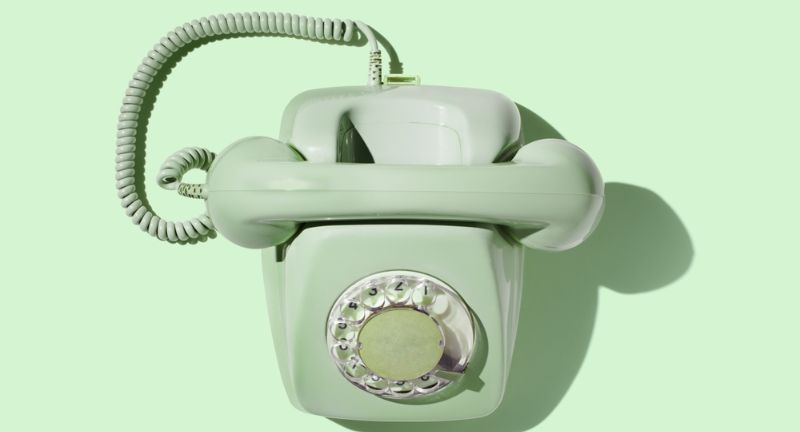
Shutterstock
Rotary phones required users to dial each number individually by rotating a dial, a process that was slow and deliberate. Making a call often involved waiting for each number to click back into place before dialing the next, especially if numbers contained a lot of 9s or 0s. This required patience, and the distinctive clicking sound became part of the experience. Unlike today’s instant dialing, rotary phones turned each phone call into a more intentional act.
Beepers and Pagers
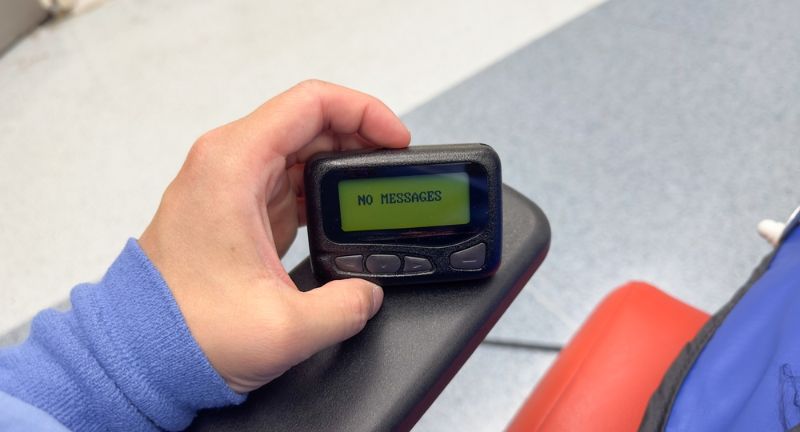
Shutterstock
Beepers, or pagers, were once a popular way to receive messages before cell phones became widespread. They worked by alerting the owner to an incoming message or call, often with a small screen displaying a callback number. To respond, the user had to find a phone to call back, making communication more deliberate. Pagers were commonly used by doctors and professionals who needed to stay reachable, giving them an air of importance.
Dial-Up Internet
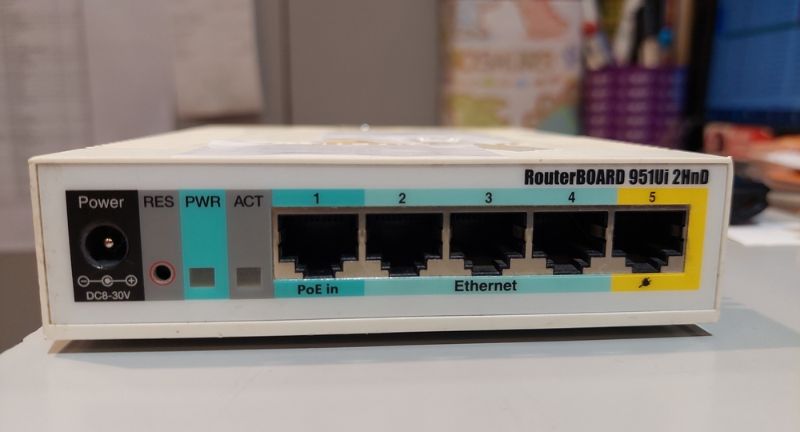
Shutterstock
Dial-up internet connected users to the web through a phone line, producing a screeching, static sound that became synonymous with the internet of the 90s. This connection was slow, and while browsing, it tied up the phone line, making it impossible to receive calls. Loading a webpage or image took patience as each element appeared line by line. Going online felt like an event, with anticipation that was unique to that era.
Floppy Disks
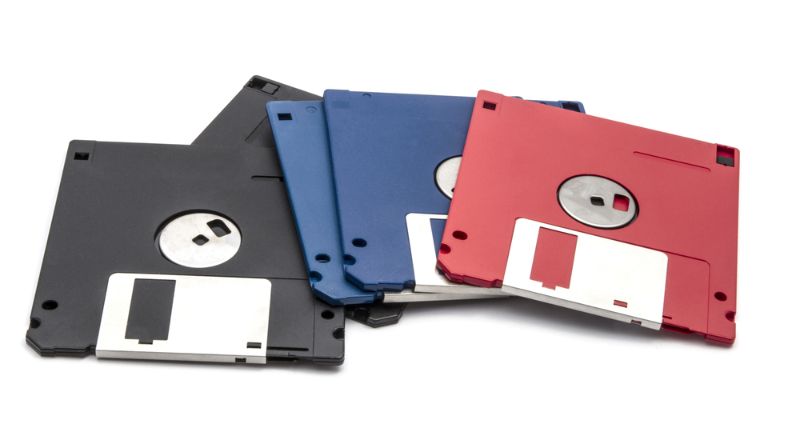
Shutterstock
Floppy disks were square, portable storage devices with a small capacity of 1.44 MB, just enough for a few documents or images. They were prone to bending and could easily lose data if mishandled, which made them less reliable by today’s standards. Saving important work on a floppy meant hoping it wouldn’t get corrupted over time. Though obsolete, the floppy disk lives on as the “save” icon in digital tools, a nostalgic symbol of early tech.
VHS Tapes and VCRs
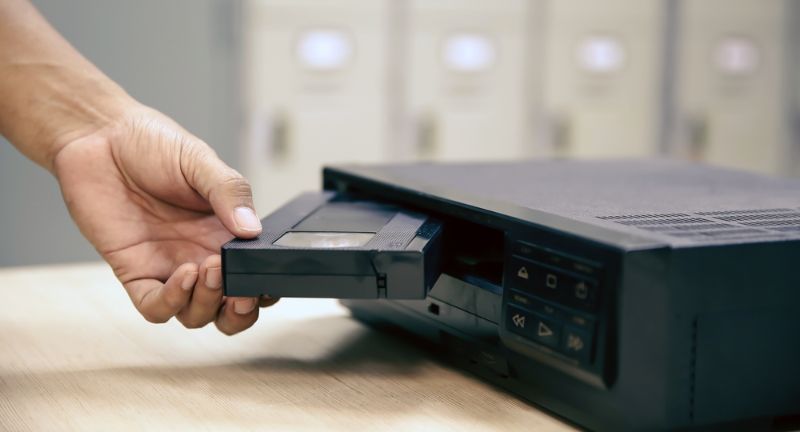
Shutterstock
VHS tapes were the primary format for home movies and required a VCR to play, rewind, and fast-forward. Renting tapes meant rewinding them before returning to avoid late fees, making it a courtesy for the next viewer. Tapes could degrade with each use, and tangling the tape could ruin it completely. This analog format brought movies into homes but demanded more attention and care than modern digital formats.
Cassette Tapes and Walkmans
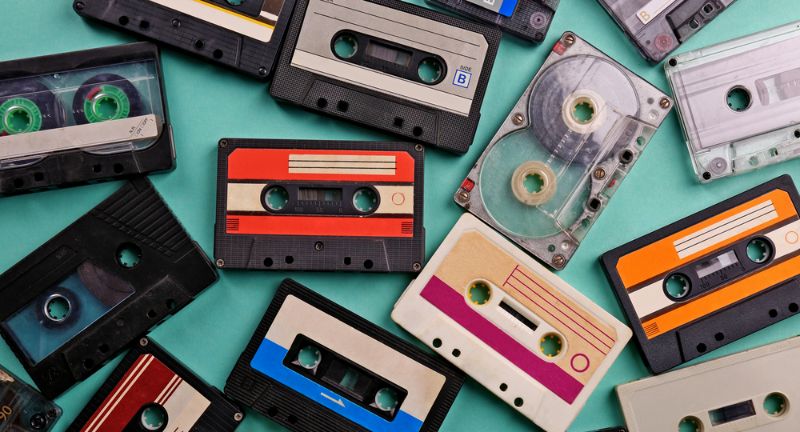
Shutterstock
Cassette tapes and Walkmans allowed people to carry music on the go, making music portable long before MP3 players. Fast-forwarding or rewinding to find specific songs was tricky and often led to overshooting. Tapes could also get tangled or damaged, requiring delicate handling. Making a mixtape on cassette was a thoughtful process, and sharing it was a special way to connect with friends and loved ones.
Pay Phones
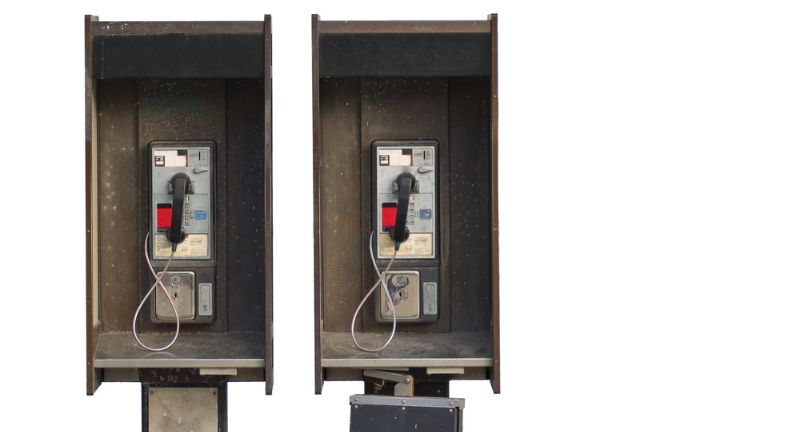
Shutterstock
Pay phones were once essential for making calls away from home, especially before cell phones became common. They were located on street corners, in malls, and other public places, and required spare change to operate. Finding a working pay phone and having enough coins was part of the challenge. Today, pay phones are rare and seen more as relics of a pre-mobile age.
Film Cameras

Shutterstock
Film cameras required rolls of film, each with a limited number of shots, so every photo had to be intentional. Developing film meant waiting days to see the photos, often leading to surprises or disappointments. Unlike digital cameras, there was no way to delete or retake a photo immediately. This slower, more thoughtful process made photography a different experience compared to today’s instant captures.
Fax Machines
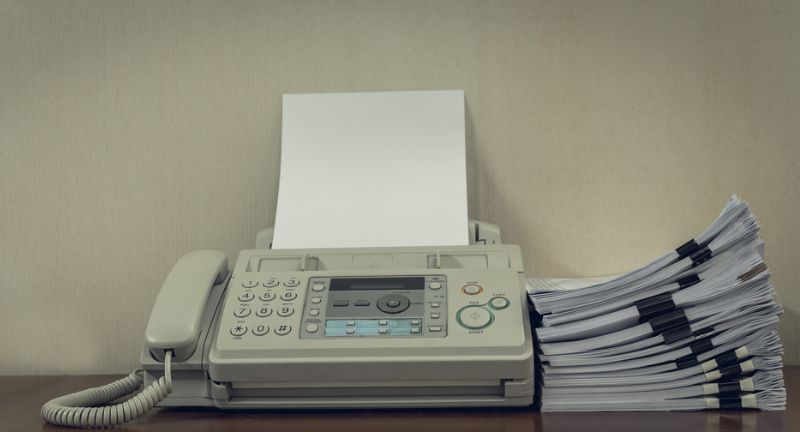
Shutterstock
Fax machines were once the fastest way to send a physical document over a distance, working by scanning and transmitting a document to another fax machine. Receiving a fax was often noisy, and the quality of the copy wasn’t always perfect. The connection could fail, requiring a resend if the line was busy or disconnected. Though rare now, fax machines are still found in some offices, despite digital alternatives.
CD Binders
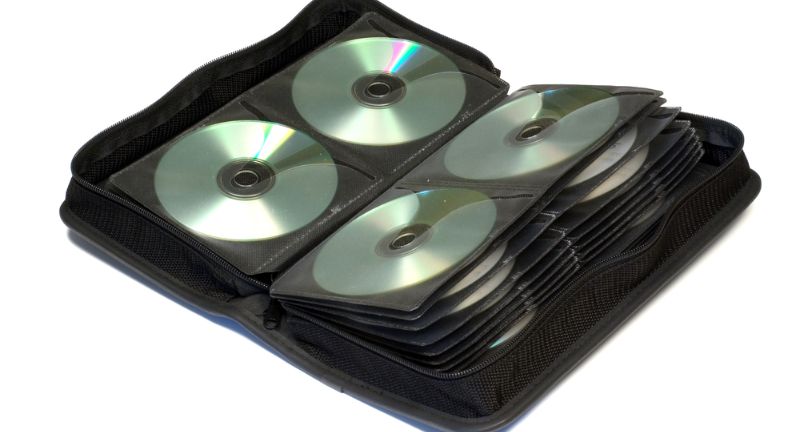
Shutterstock
CD binders or cases were essential for organizing and protecting music collections, with each CD slid into plastic sleeves. Music lovers would flip through their binders to find albums, with each scratch or fingerprint potentially affecting playback. These binders represented a personal music collection and were a staple for sharing tunes with friends. Handling them with care was a necessity, as a scratched CD could skip or stop working altogether.
The Yellow Pages

Shutterstock
The Yellow Pages were a thick directory of local businesses, listing everything from plumbers to pizza places alphabetically by category. Before the internet, people relied on these books to find phone numbers and addresses. Businesses could pay for larger ads to stand out, and most households kept a copy near the home phone. Today, online searches have rendered phone books nearly obsolete, turning them into nostalgic memories.
Physical Maps and Atlases

Shutterstock
Before GPS, navigating meant using physical maps or atlases, which required good spatial skills and patience. Unfolding a map in the car and figuring out a route could add excitement or frustration to a trip, especially when wrong turns happened. Travelers would memorize or write down directions and learn to read map symbols. Getting lost was a genuine risk, making road trips an adventure in themselves.
TV Antennas and Rabbit Ears
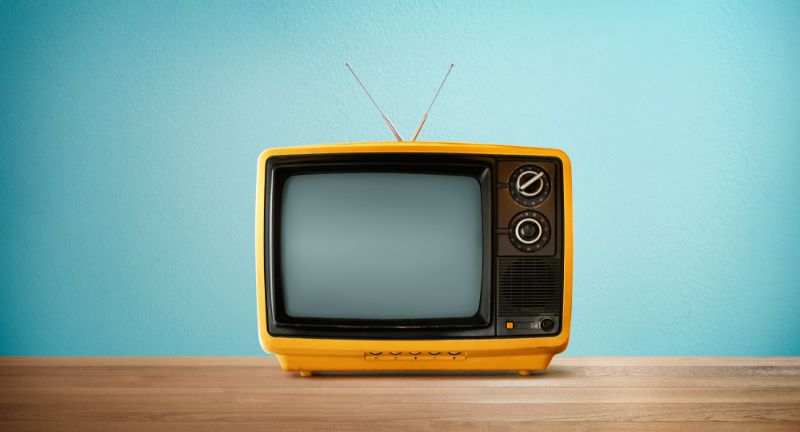
Shutterstock
TV antennas, often called “rabbit ears,” were common on older TVs and had to be adjusted to get a clear signal. Moving the antennas, and sometimes adding aluminum foil, was necessary for good picture quality, and even slight movement could disrupt the signal. Watching TV often involved trial and error to get the right angle, making it a more hands-on experience. Digital streaming has eliminated this hassle, but rabbit ears remain a nostalgic symbol of TV’s past.
TV Guide Magazines
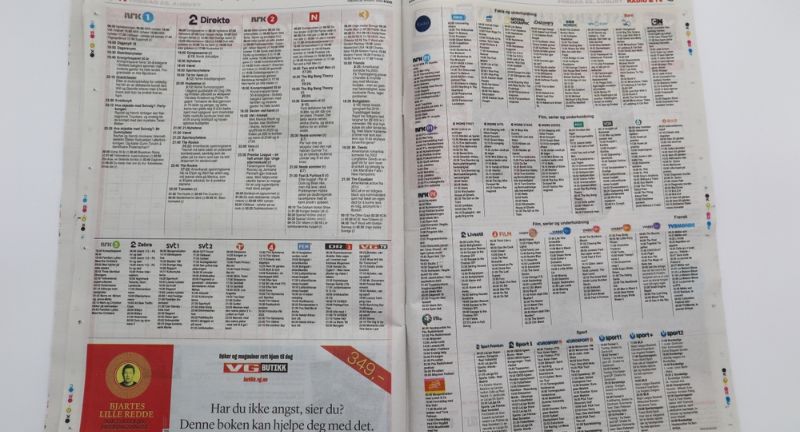
Shutterstock
TV Guide magazines were weekly publications that listed show schedules, times, and channels. Planning TV time meant flipping through the guide to check when favorite shows aired, so viewers didn’t miss them. The magazine included articles and interviews with actors, giving fans insights into their favorite shows. Streaming and on-demand viewing have rendered TV schedules obsolete, making TV Guide a fond memory for those who planned their viewing around it.
Sitting Through Commercials

Shutterstock
Before DVR and streaming, viewers had no choice but to watch commercials during their favorite TV shows. Commercial breaks were used as quick snack or bathroom breaks, creating a natural pause in viewing. Today’s skip and fast-forward options weren’t available, so commercials became part of the watching experience. Now, most people are used to skipping ads, but for many, commercials were a regular part of TV time.
Encyclopedias

Shutterstock
Encyclopedias were large, multi-volume books that provided in-depth information on a variety of topics. Each volume covered sections of the alphabet, making it a time-consuming task to look up specific information. New editions were released every few years, meaning that some information became outdated over time. While heavy and expensive, they were invaluable as reference tools before the internet took over.
Writing Letters and Pen Pals

Shutterstock
Writing letters was a primary way to stay in touch with distant friends and family, especially for those who had pen pals. Each letter took time to write, often including small gestures like photos or drawings to make it personal. Waiting days or even weeks for a reply added anticipation to the exchange. Unlike today’s instant messaging, letter writing required patience and a thoughtful approach to communication.
Manual Car Windows
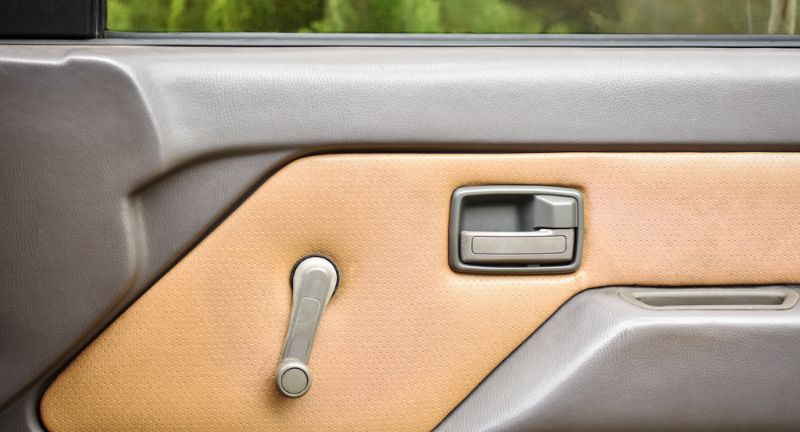
Shutterstock
Before automatic windows, adjusting car windows involved a hand crank, making each roll-down a bit of work. Hot days meant manually cranking down each window, which could be a workout if multiple windows needed to be opened. Passengers had to reach across to adjust others’ windows if they couldn’t reach, making it a team effort. Today, power windows have replaced the crank, making it a curious relic of the past.
Tamagotchis

Shutterstock
Tamagotchis were digital pets that required constant care, from feeding to cleaning up virtual waste, making them an early form of digital entertainment. Owners had to check on their Tamagotchis throughout the day to keep them healthy and happy, as neglect would lead to their “death.” Kids would carry them everywhere, checking frequently to ensure their pets’ survival. These little devices taught responsibility and became a craze for a generation of kids in the 90s.
CRT Monitors and TVs
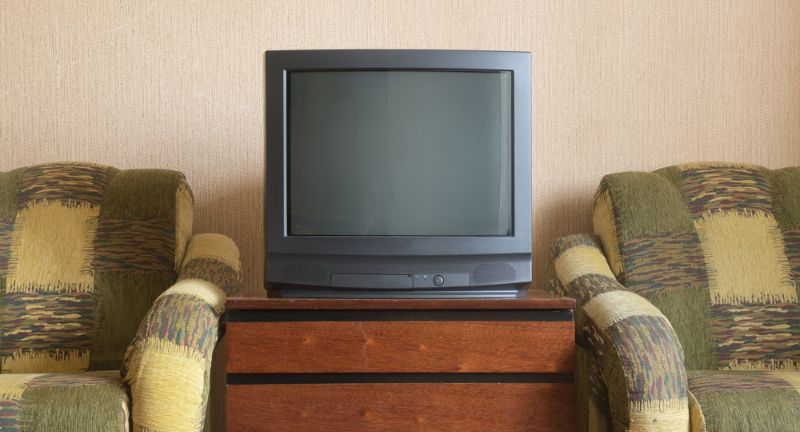
Shutterstock
CRT monitors and TVs were large, heavy, and occupied significant space with their curved screens. Watching for extended periods often led to eye strain, and moving a CRT TV required strength due to its weight and bulkiness. These early screens had a distinct look and feel, with visible scan lines and less vivid color than today’s displays. Flat screens have since replaced CRTs, making them nostalgic relics of early tech setups.
Jukeboxes

Shutterstock
Jukeboxes were once popular in diners and bars, where patrons could select songs by inserting coins and pressing a button. Each song played for everyone to hear, creating a shared music experience in public spaces. Jukeboxes had limited song choices, reflecting the popular music of the time and giving people a sense of local music culture. Though now rare, jukeboxes remain a nostalgic reminder of communal music enjoyment.
Mailing in Film for Developing
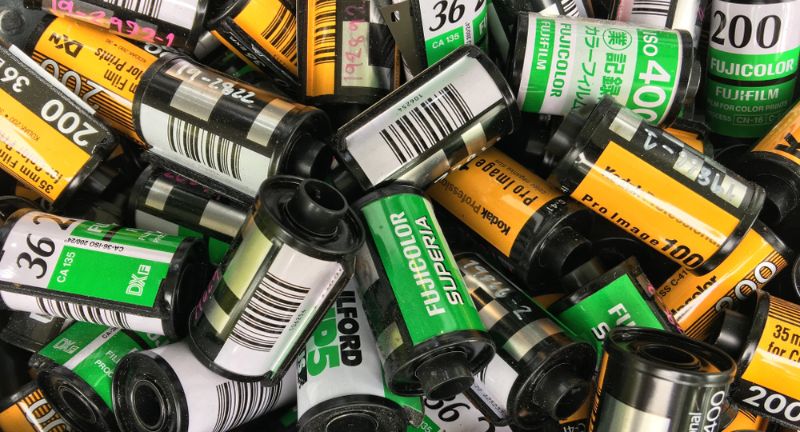
Shutterstock
Before digital cameras, many people mailed their film to labs for developing, waiting days to weeks for the photos to return. Developing film was an exciting experience as people awaited vacation photos or special memories, sometimes with unexpected results. One-hour photo services became popular later, but mailing film was still common for long trips. This wait added anticipation, making photo pickup a highlight.
Checkbooks
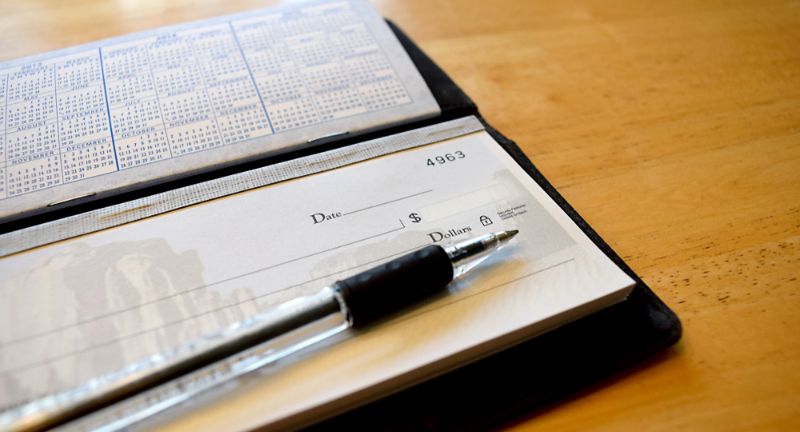
Shutterstock
Checkbooks were an essential way to pay bills, with each check requiring careful entry in a ledger to avoid overdrafts. Writing a check meant verifying funds and mailing it or dropping it off, creating a slower payment process than today’s digital options. Balancing a checkbook required attentiveness to keep finances in order. As digital banking took over, checkbooks became a rarity, mostly used in special circumstances today.
Public Libraries as Information Hubs

Shutterstock
Public libraries were the main hubs for information before the internet, providing books, magazines, and reference materials for all ages. People would spend hours searching card catalogs and browsing shelves to locate specific information. Librarians guided patrons through vast collections, helping find rare or obscure information. Libraries are still vital, but digital access has transformed how people research and learn.
Carbon Copy Paper
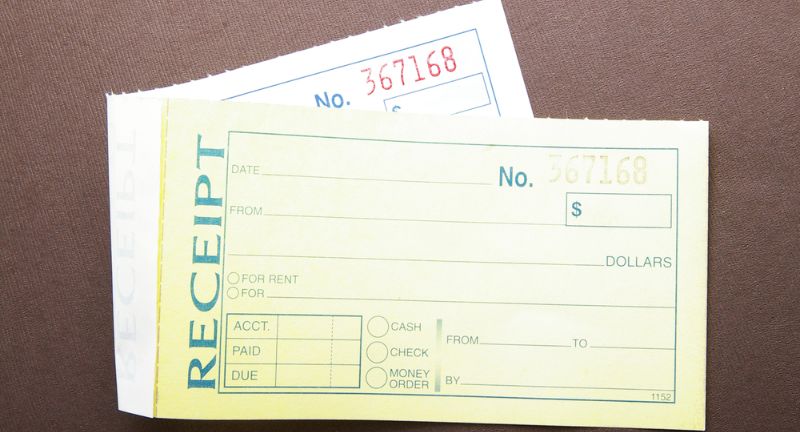
Shutterstock
Carbon copy paper was used to create duplicates by placing a sheet of carbon between two sheets, allowing the top layer to transfer to the second. It was especially useful for receipts, invoices, and other documents that needed a copy. The process could be messy, leaving ink stains on fingers and requiring careful alignment. Digital printers and scanners have replaced carbon paper, leaving it as a memory of a more analog way of duplicating information.
Using the Dewey Decimal System
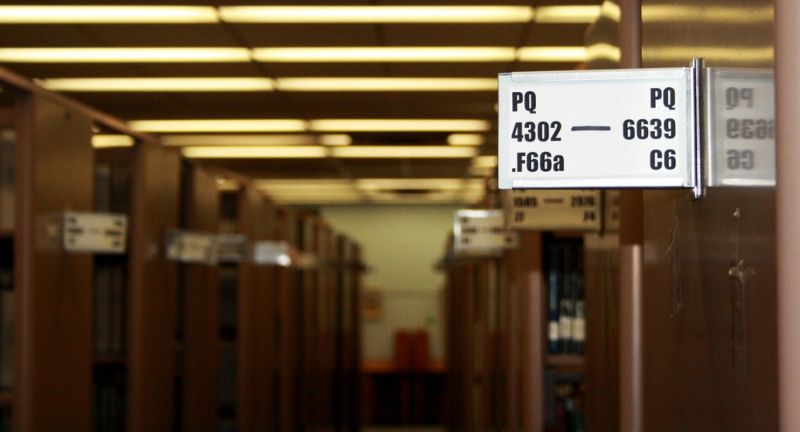
Shutterstock
The Dewey Decimal System organized library books by subject, with each title assigned a unique number. Finding a book required remembering its Dewey number and locating the correct section in the library. Card catalogs were an essential part of the process, guiding users to specific books with manual entries. While some libraries still use it, digital catalogs have made the Dewey system less common knowledge.
Conclusion

Shutterstock
Reflecting on these relics from the past reveals just how much our world has evolved in a relatively short time. Each item carries memories and stories that bring back a sense of simpler days, where patience and ingenuity often went hand-in-hand. While modern technology has changed our lives for the better in many ways, it’s fun to reminisce about the quirks that defined everyday life before the digital era. Sharing these memories helps bridge the gap between generations, sparking curiosity and appreciation for how far we’ve come. Here’s to remembering and celebrating the little things that shaped the past.
More From Local News X
-


A Boomer’s Guide To Retirement, 25 Tips To Be Prepared…
-


25 Most Influential Inventions That Baby Boomers Have Witnessed Come…
-


22 Movies Throughout History That Have Shaped The Children’s Toy…
-


25 States That Have The Happiest People
-


If You’re In Credit Card Debt, Do These 33 Things…
-


22 Top Things To Consider Before You Pack Up And…
-


17 U.S. Cities Where Second Home Buyers Are Driving Up…
-


The Evolution Of Technology From The 1950’s To Now
-


25 Strangest World Records That Don’t Seem Real
-


20 Most Common Home Renovations People Make Within The First…
-


30 Things To Do Before Turning 30 Years Old
-


20 Facts About The Olympics That Might Surprise You
